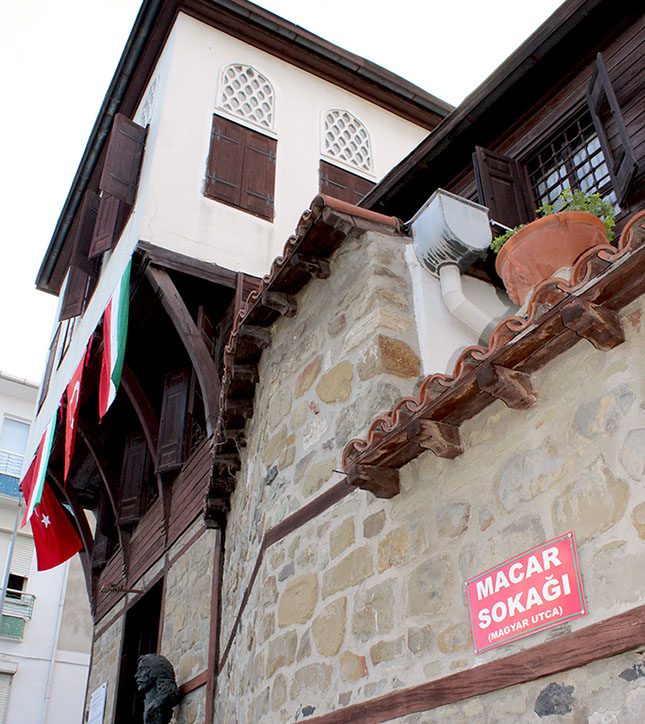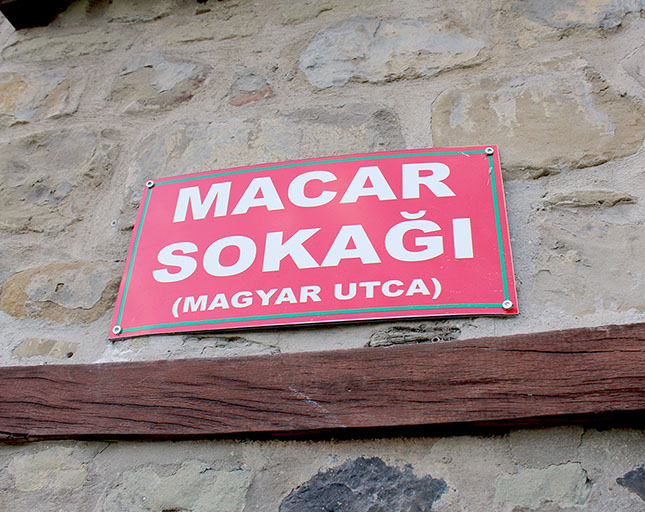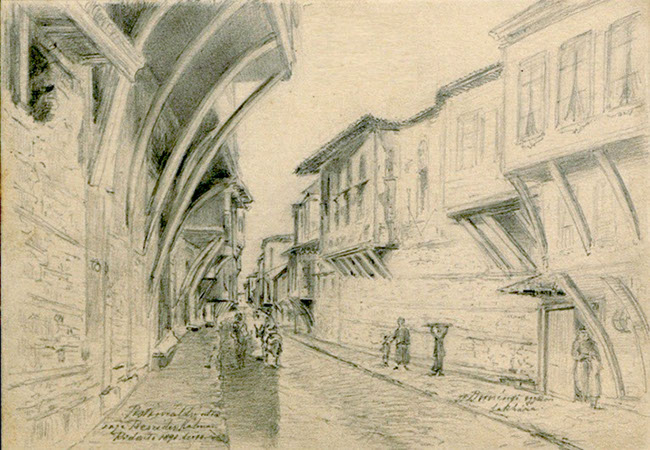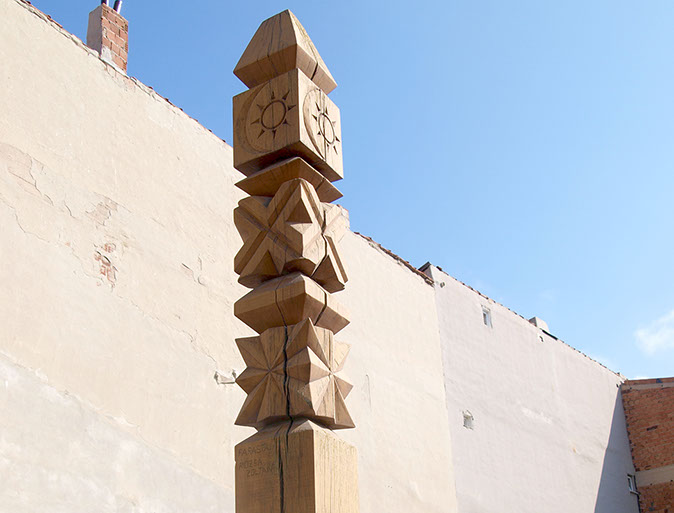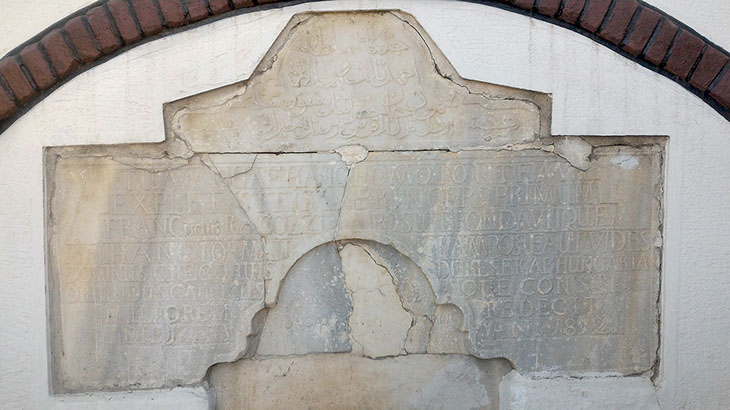For a quarter of a century, from 1720 on, there was a huge Hungarian colony of up to 500 people in Tekirdağ, which later declined in size and was eventually assimilated into the Turkish majority. Their descendants could still be tracked until the 1970s at the coastal city. Their buildings, which were still standing in the end of the 20th century, were researched by architects Tamás Pintér and Zoltán Deák between 1999 and 2002. They wrote a report of this with the title Hungarian Houses in Tekirdağ for the Office of Cultural Heritage Preservation in 2004. This is the only concise investigation made on the architectural heritage of Hungarian buildings in Tekirdağ. The street, which is perpendicular to the shore and the city centre used to be the main street of the Hungarian quarter of the city, with the reception house of Franciscus II Rákóczi on the coastal end and his no longer existing home and chapel on the northern end, and it was already called the street of Hungarians or Hungarian street (Macar sokağı) in old times. Paintings and drawings of the street were made by Kálmán Beszédes in 1891-92 and Aladár Edvi Illés in 1905, the ones by Kálmán Beszédes being more realistic (you can see it in the gallery). The well of Rákóczi is close to the street – it still exists, although could be renovated.

